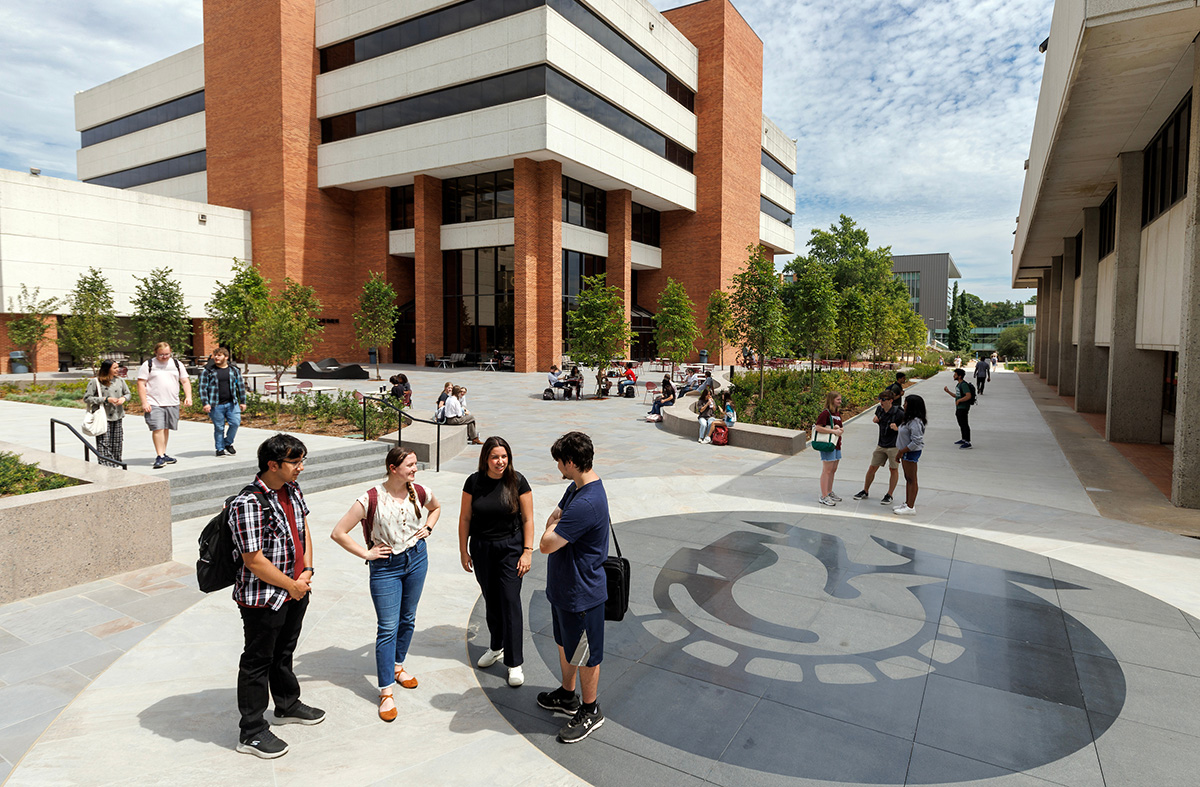UA Little Rock’s McNair Scholars Program
The University of Arkansas at Little Rock was chosen in 1991 to host a Ronald E. McNair Postbaccalaureate Achievement Program. Established by the U.S. Department of Education under the Federal TRIO Programs, the federally-funded program is named for astronaut and Challenger crew member Dr. Ronald E. McNair.
The program provides educational experiences that prepare first-generation and low-income or historically underrepresented undergraduates for doctoral study. It also provides intensive support to Scholars for external research opportunities and for application to graduate study after completing their bachelor’s degree. Scholar support includes GRE preparation and advising, tutoring, academic counseling, and financial aid counseling. Scholars also receive help with securing financial support for graduate school, and advising on how to successfully complete the admission process and, ultimately, graduate school.
About Ronald E. McNair
Ronald E. McNair (1950-1986) — A Brief Biography
Edited and used with permission from University of Texas, Arlington’s McNair Scholars Program
Early Life
Ronald Erwin McNair was born October 21, 1950, in the small community of Lake City, South Carolina. A studious child, he began school at age 4 and at age 9 successfully challenged the “whites-only” borrowing privileges at the local library. Ronald’s mother (a teacher) and father encouraged him and his brother, Carl, to set high academic standards.
McNair attended Carver High School where he played football and basketball, ran track and excelled at baseball. He also played clarinet and saxophone. Valedictorian of his senior class, McNair applied to North Carolina Agricultural and Technical State University. Initially intending to major in music, McNair changed to physics after a counselor encouraged him to pursue a career in science. As a junior he participated in a year-long exchange program with the Massachusetts Institute of Technology (MIT). After graduating magna cum laude from North Carolina A & T in 1971, he began his graduate studies at MIT on a Ford Foundation Fellowship.
Career
In 1976, McNair earned his Ph.D. in physics from MIT and married Cheryl Moore. He then accepted a position with Hughes Research Laboratories in Malibu, Calif., a site for advanced laser research. While at Hughes, McNair decided to apply to the space program after receiving a recruiting brochure from NASA. In 1978, he learned that he was one of 35 individuals accepted for training as a mission specialist (astronaut).
In 1984, McNair served as a crew-member aboard the space shuttle Challenger, where he was responsible for operation of the remote manipulator arm. Two years later, he was one of seven selected for the second Challenger flight, scheduled for January 28, 1986. One goal of this mission was to release a satellite to photograph Halley’s Comet. Just 73 seconds after take-off, the Challenger exploded and the shuttle plummeted into the Atlantic Ocean. There were no survivors.
Although only 35 at his death, Dr. McNair had received considerable recognition, including various fellowships, several honorary doctorates, and numerous awards. His quest for excellence inspired the ambitious goals of the program that honors his memory: the Ronald E. McNair Postbaccalaureate Achievement Program.

